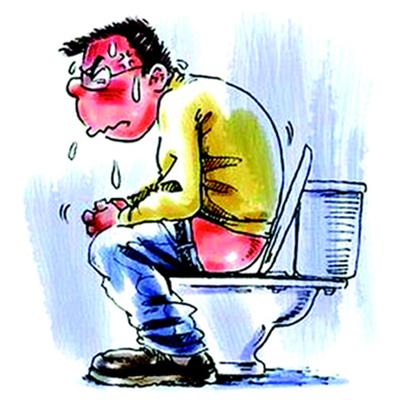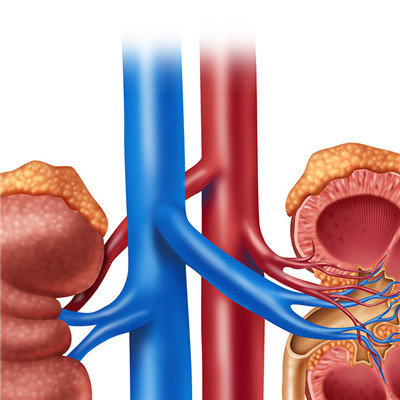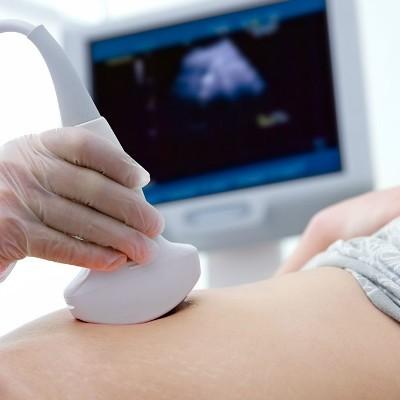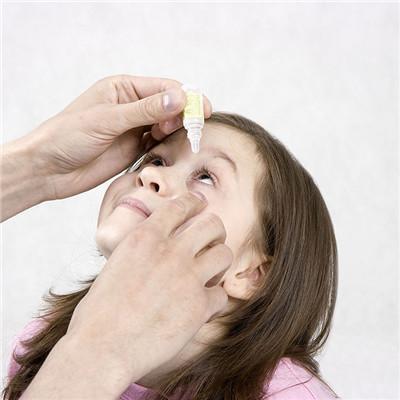Children with symptoms of upper respiratory tract infection?
summary
Upper respiratory tract infection is a common disease in children, that is, the common cold. Refers to the upper respiratory tract of the nose, pharynx and throat of respiratory tract inflammation, clinical diagnosis of "acute tonsillitis", "acute pharyngitis", "acute nasopharyngitis" are Shanggan. The disease occurs in all seasons of the year, but it occurs more frequently in winter and spring. It is most common in children. It often occurs several times a year, and the symptoms vary in severity. Let's share the symptoms of lower and upper respiratory tract infection?
Children with symptoms of upper respiratory tract infection?
Common cold type: also known as acute rhinitis, cold, onset season in winter and spring season; The local symptoms of nasopharynx were severe, such as nasal congestion, runny nose, sneezing, sore throat, etc., and the systemic symptoms were mild or no; There were congestion, edema and secretion in nasal mucosa, and mild congestion in pharynx; The white blood cell count was low or normal, and the proportion of lymphocyte was increased; Most of the viruses isolated were rhinoviruses in adults and respiratory syncytial viruses in children. Generally 5-7 days more self-healing.

Influenza: referred to as influenza, the disease acute onset, infectious, symptoms changeable, with systemic poisoning symptoms, respiratory symptoms light. There are chills, high fever (39-40 degrees), general discomfort, back and limbs ache, fatigue, headache, dizziness, sneezing, nasal congestion, runny nose, sore throat, dry cough, less phlegm. Physical examination showed severe disease, weakness, face flushing, congestion and edema of nasopharynx, a small amount of moist rales or wheezing in the lower part of the lung. Leucopenia and lymphocyte increase. If the secondary bacterial infection can have yellow pus sputum, rust sputum, blood sputum, chest pain, white blood cell count, neutrophils increased, the course of 3-5 days.

Pharyngitis type: the onset season is winter and spring; Pharyngeal inflammation is the main cause, which may include pharyngeal discomfort, itching, burning sensation, sore throat, etc., and may be accompanied by fever, fatigue, etc; There were obvious congestion and edema in pharynx, swelling of submandibular lymph nodes and tenderness; The white blood cell count was normal or decreased, and the proportion of lymphocyte was increased; Most viruses were adenovirus, parainfluenza virus and respiratory syncytial virus.

matters needing attention
① Pay attention to rest. Reduce activity and stay in bed when fever occurs. Pay attention to keep warm, drink more water, easy to digest, less greasy, multi vitamin soft food. ② Antipyretic and analgesic drugs can be taken in case of fever, headache and general pain. High fever can also be physical cooling. ③ Nasal congestion, runny nose, sneezing, oral Kangtaike, twice a day. The person that affects breath, sleep and appetite can use drop nose net to wait, make nasal mucous membrane blood vessel constricts, nasal cavity is ventilated. ④ Patients with sore throat can take "yanhouxiaoyan pill", "Liushen Pill" or "yanhouyan syrup" orally. ⑤ Patients with secondary infection can choose appropriate antibiotics orally, intramuscularly or intravenously under the guidance of doctors. ⑥ Chinese herbal medicine has good curative effect on acute upper respiratory tract infection. The commonly used patent medicines are Yinqiao Jiedu pill, Banlangen Granule and Lingqiao Jiedu tablet. ⑦ Close observation of disease changes, because Shanggan is the precursor of many diseases, if there are repeated vomiting, irritability, drowsiness, pale complexion, diarrhea and other symptoms, should be timely medical treatment.













